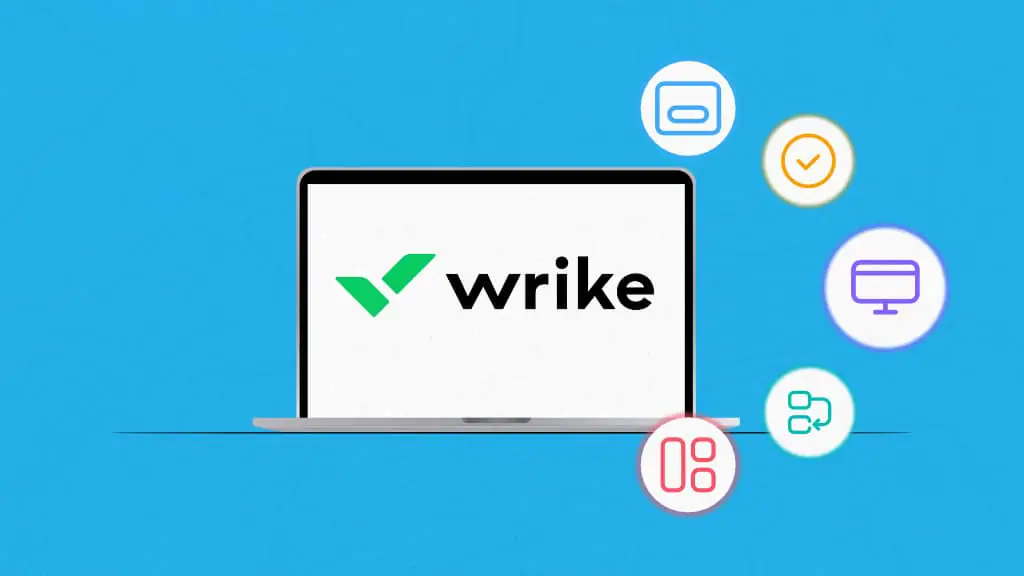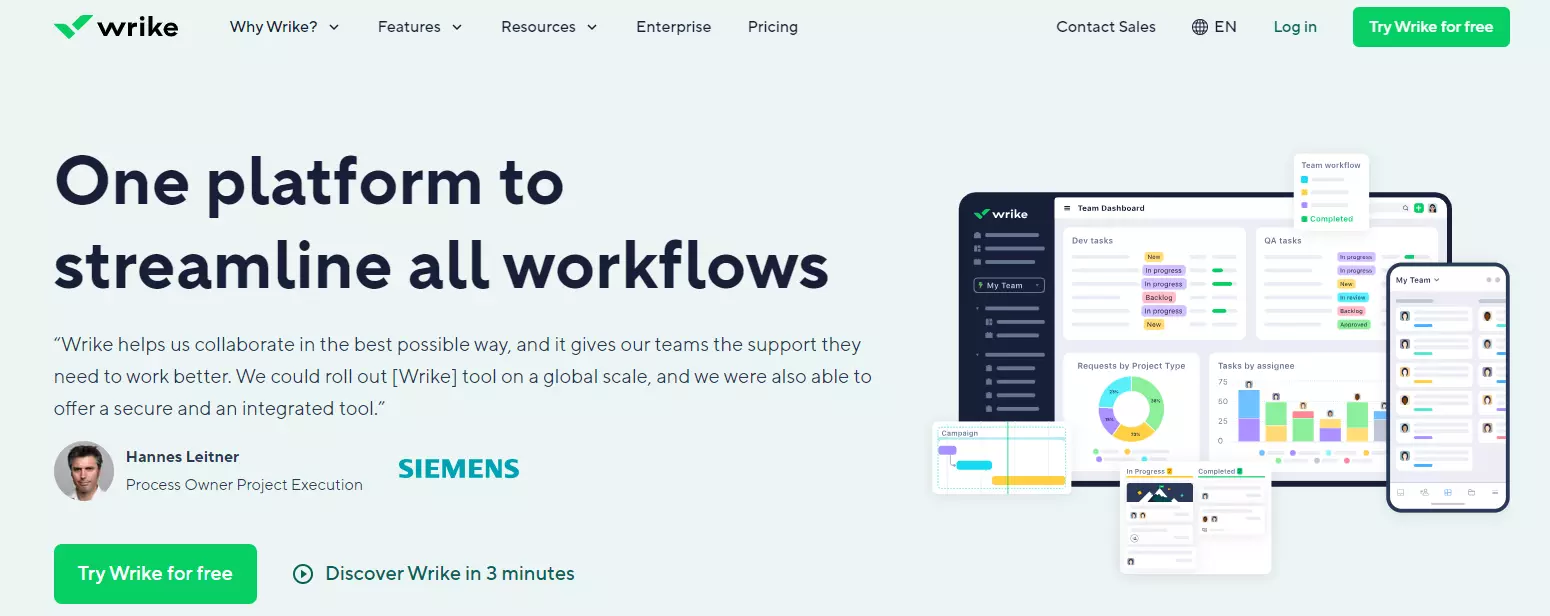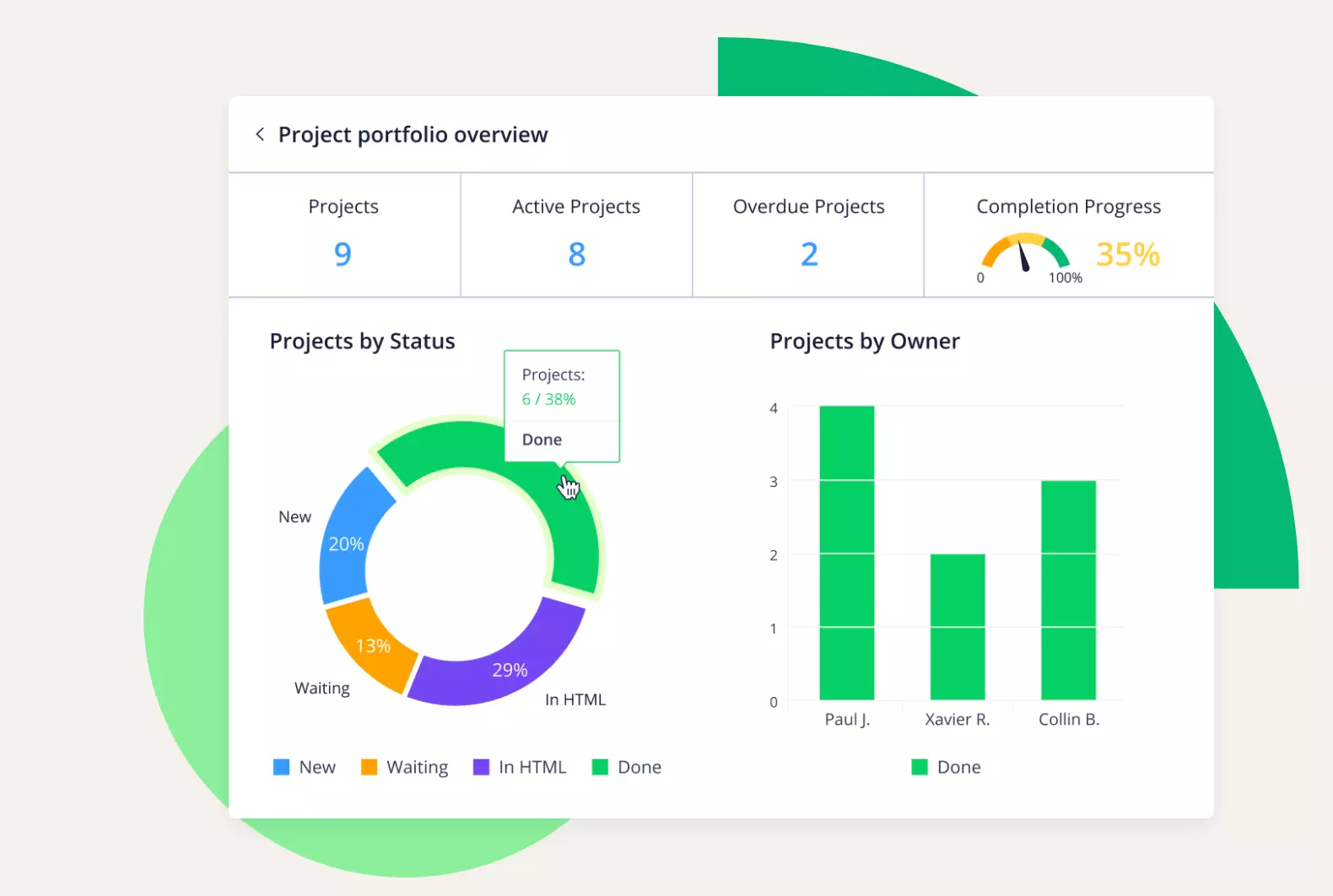
Are you an entrepreneur seeking a dependable and effective project management solution?
Look no further than Wrike, one of the top project management software options designed to elevate your productivity! Whether you're overseeing individual tasks or coordinating complex projects involving multiple stakeholders across diverse teams, Wrike provides the essential tools entrepreneurs require.
Join us as we delve into our detailed Wrike review to determine if it aligns with the needs of your business.
What is Wrike?

Wrike is a cloud-based collaboration and project management tool, that offers users comprehensive assistance in managing projects from inception to completion. It provides complete visibility and control over tasks, facilitating seamless project progression and reporting of outcomes.
With Wrike, project managers and team leads gain access to an efficient platform for collecting and organizing project requirements, creating project plans, and visualizing schedules through Gantt charts.
As projects evolve, adjustments to project plans can be made effortlessly, with all relevant teams receiving notifications regarding changes. The customizable report builder enables users to dissect project data and present results to executives or teams effectively.
Real-time updates on work progress and personalized dashboards ensure each team member maintains clarity on their work priorities.
By centralizing tasks, files, and discussions, Wrike eliminates the need to sift through email threads and unshared spreadsheets, allowing teams to dedicate more time to actual work rather than searching for updates and information.
If you are looking for other websites similar to Wrike, please read our guide on Wrike Alternatives.
How Does Wrike Work?
Wrike offers a collaborative workspace where team members can strategize projects, monitor progress, allocate tasks, share documents, and analyze outcomes collectively.
Equipped with a range of project management tools such as Gantt charts, Kanban boards, customizable workflows, and an advanced analytics platform, Wrike facilitates efficient project management.
Furthermore, Wrike seamlessly integrates with a variety of other project management tools, forming a cohesive ecosystem for overseeing all facets of a project.
Key Features of Wrike
Below are some standout features of Wrike that I particularly appreciate, and they extend beyond just marketing:
1. Customizable Work Scheduling
Wrike's work schedule management feature offers extensive customization options. It enables the creation of different employee schedule groups, allowing easy assignment of schedules to individual users.
For instance, you can configure a schedule group that designates weekends as working days for teams requiring weekend coverage while leaving weekdays as non-working days.
This level of customization ensures that task and project scheduling align perfectly with each team's unique requirements, optimizing productivity and ensuring smooth operations.
2. Reporting

Wrike's comprehensive reports and customizable dashboards provide users with full visibility into their workflows.
Users can tailor reports and dashboards according to their preferences, displaying live data such as project progress and billable hours.
This transparency enables evaluation of team performance and informed strategic decision-making, akin to having a control center for monitoring every project aspect with ease.
3. Time Tracking
Effective time tracking is essential for resource management, accountability, and billing purposes, and Wrike's Time Tracker fulfills this need precisely.
Employees can log their worked hours, breaks, and other relevant details, enabling employers to generate timesheets displaying daily or weekly time allocations.
This feature offers clear insights into time management and productivity levels, facilitating better decision-making and efficient resource utilization.
Additionally, Wrike's built-in timer enables real-time tracking of time spent on each task, enhancing accountability and team collaboration.
4. Gantt Charts
Wrike's dynamic interactive Gantt charts revolutionize project management.
Featuring the ability to create milestones, manage dependencies, and reschedule tasks through a user-friendly drag-and-drop interface, Gantt charts in Wrike streamline project management processes, enhancing efficiency and organization.
5. Flexible Access Roles
Wrike's business plan offers flexible Access Roles, enabling users to manage and control user permissions effectively. With four standard access roles - full, editor, limited, and read-only - users can allocate appropriate access levels to team members.
Moreover, the Enterprise plan offers up to 10 roles, providing enhanced flexibility. The Read-Only access permission is particularly valuable, allowing stakeholders to stay informed about project progress without editing privileges.
This feature grants stakeholders a front-row seat to project progress, fostering transparency and collaboration.
Wrike Pros & Cons
Wrike Pros
1. Enhances Planning and Resource Allocation: Wrike simplifies project planning, aiding managers in efficiently allocating resources and preventing under or over-utilization of team members.
2. Streamlines Task Delegation and Accountability: Task assignment is clear-cut, and tracking responsibilities is straightforward with Wrike, fostering a culture of accountability within teams.
3. Fosters Data-Driven Decision-Making: The analytics and reporting tools in Wrike enable managers to make well-informed decisions based on real-time data, potentially leading to improved outcomes.
4. Supports Remote and Diverse Teams: Wrike's accessibility from any location makes it indispensable for remote teams or organizations with a global presence, ensuring seamless collaboration and communication across diverse teams.
Wrike Cons
1. Potential for Notification Overload: Users may experience an influx of notifications, although this can be managed by customizing notification settings to receive alerts only for crucial updates.
2. May Appear Overwhelming for Smaller Projects: For teams with straightforward projects, Wrike's extensive set of features may seem excessive. However, this comprehensive functionality proves beneficial for managing complex initiatives effectively.
Wrike Pricing
Wrike provides a flexible pricing structure, beginning at $9.80 per user per month, alongside a free trial option for users keen on exploring its capabilities.
For organizations with more extensive requirements, Wrike offers Team, Business, Enterprise, and Pinnacle plans, each tailored to specific organizational scales and needs. Detailed pricing for these plans is available upon request.
Conclusion: What is Wrike
Similar to many project management software options, Wrike has dedicated significant resources to ensure easy and intuitive setup for teams of all sizes.
However, the ultimate determining factor in determining Wrike's suitability for your team will be firsthand experience.
Now that you've reviewed our insights on Wrike, it's time to embark on a free trial and experience its features firsthand.

